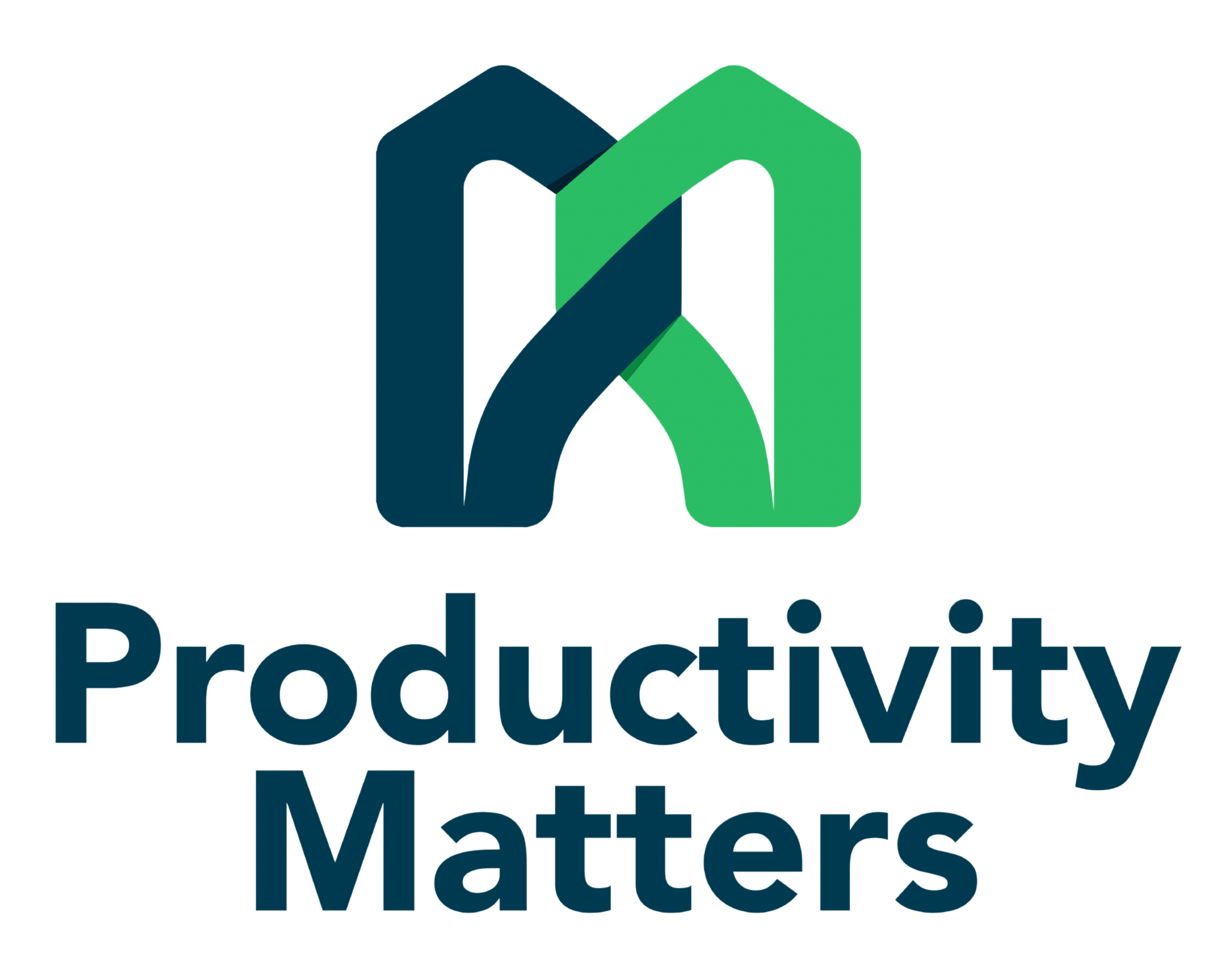The evidence for breaking up prolonged sitting to reduce its ill health effects is building. What is comes down to is that when we sit, we use little energy, essentially our muscles are sleeping, and the large postural muscles that are used when we are up and moving are dormant. The frequent contraction of these muscles is known to help regulate the body’s metabolic processes. The benefit of knowing this, is that if we just break up prolonged sitting, throughout our working day, we will start to reduce the ill health effects associated with inactivity.
The Be Upstanding programme developed by the University of Queensland, has the following results to report from a piloted programme:
37% reported fewer musculoskeletal complaints
33% min/ day average reduction in sitting at work
54% reported fewer sick days
36% reported being more creative
39% of staff felt less stressed
Changing our prolonged sitting habits can be tough. These can be done at an Organisational Level (established policies and procedures to support moving more), Environmental (redesigning workspaces and equipment to encourage movement) and Individual (education to individuals and self – monitoring via wearables).
The Baker Heart and Diabetes Institute provides the following Top Tips for Breaking up Sitting time:
- there are no rules against standing during meetings – try it
- take a brisk walk during your lunch break
- conduct meetings while walking outdoors – these can be very effective for one-on-ones with colleagues
- stand at a high bench top to eat your lunch
- stand up and move around while answering the telephone
- at the very least get up and move once every hour
- consider a height adjustable desk that permits working in both a sitting or standing posture
- limit your TV viewing to two hours a day
- use commercial breaks for household chores
Our take on Moving More
We have been working with several organisations in Melbourne on developing and implementing a Move More strategy at their workplaces. Research has told us that there are some great benefits, but workplaces have not yet measured the long-term impact moving more will have. Workplaces should measure and monitor these changes regularly and have systems in place to respond if ‘moving more’ starts creating other health hazards. Early anecdotal reports from employees of organisations who have a Move More strategy has found that there may be some musculoskeletal and psychosocial hazards being introduced with these types of strategies. Monitoring workplace response and ensuring there are early response mechanisms in place to respond to these hazards as they arise will be the key to “Moving More” success.
For great free resources on Moving More strategies head over to BeUpstanding and the Baker Institute.





